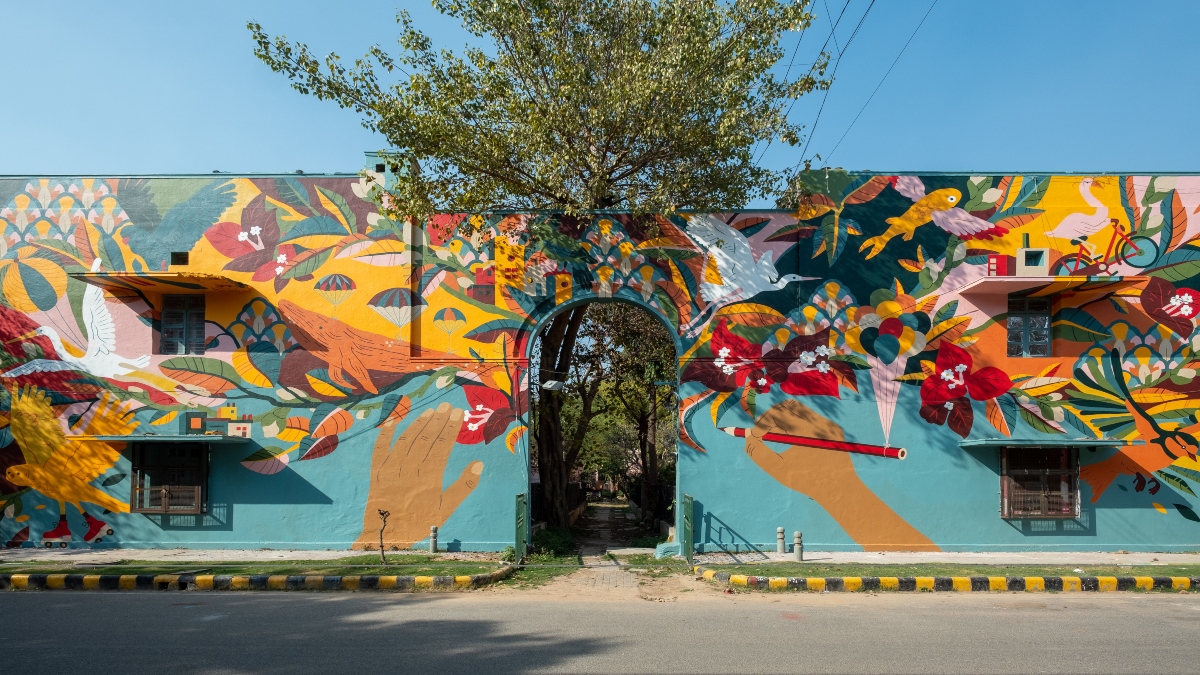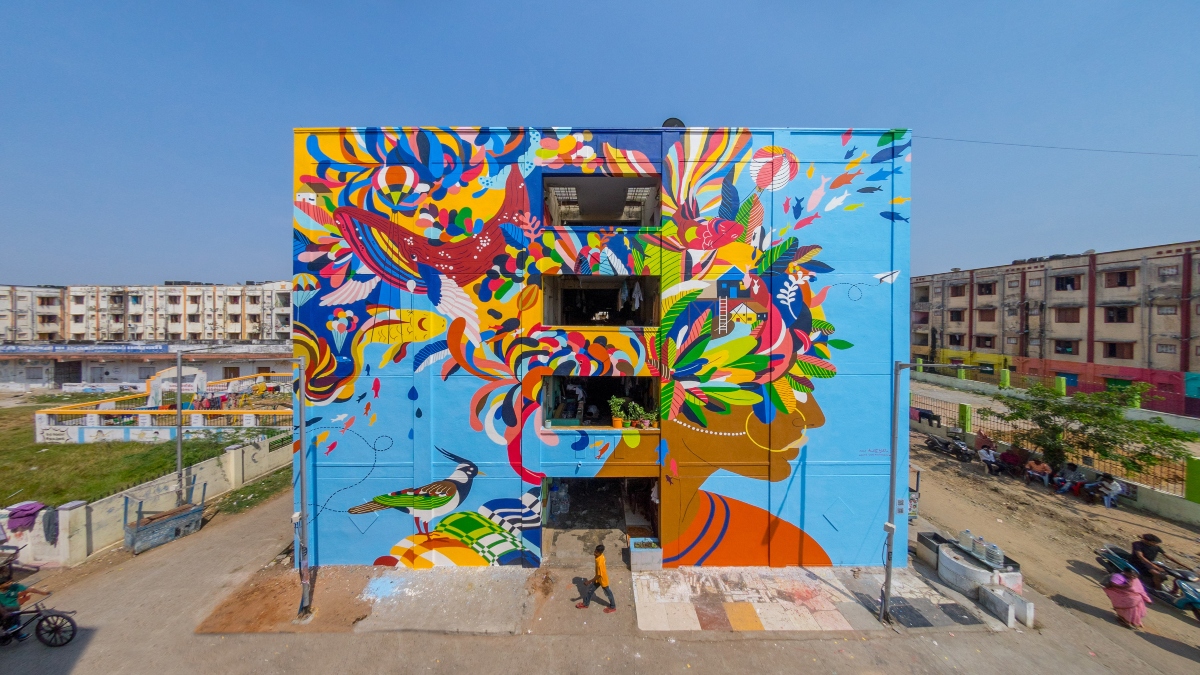


Over the past two years, anyone who wanted to travel needed one thing most of all: patience. The pandemic put a hold on most journeys. Borders were redrawn, flights were cancelled. It suddenly seemed impossible to explore new places and other countries. This was one of the reasons for Goethe-Institut to initiate a unique travel comic project: Graphic Travelogues.
Graphic Travelogues is a digital platform that brings together graphic stories and artworks on travel while providing all kinds of additional information, for example, about local artists or their respective destinations. Individual journal sketches from places like Delhi, Vienna and Toronto are represented and entire books, for instance, about Havana and Tokyo, are arranged by themes for everyone to find what suits their preferences quickly. There are Graphic Travelogues for those seeking meaning, gourmets, city explorers, adventurers, and everyday heroes. Thanks to an animated world map, users can also quickly find their way around geographically.

The idea for Graphic Travelogues was actually born long before the pandemic. Thomas Meyer, the then Head of Information in the South Asia region, remembers, “In 2019, we had the idea of collecting all the Graphic Travelogues from the Goethe world.” The Goethe-Institut worldwide regularly work with German comic artists, so there is a vast pool of sketches, books, graphic novels, graphic diaries, travel comics and travel drawings. However, many of these treasures were hidden or were challenging to find. Some, in private archives, on servers or in drawers. “Graphic Travelogues brings all these treasures together. And we present them all with plenty of background information so that users not only discover great destinations but also learn a lot about the artists and their respective work,” Meyer continues.
But why travel comics of all things? “The subject of travel plays a significant role in many art forms—whether in literature with Goethe’s journey to Italy, in the film with Wim Wenders’ road movie Paris, Texas or in music with Richard Strauss’ Alpine Symphony, to name just a few examples,” explains Thomas Meyer. However, the art form of comics and graphic novels alone doesn’t garner the necessary attention when it comes to travel. So, it made sense to combine the two and create a digital platform on our website.
Moreover, even before Graphic Travelogues, the Goethe-Institut in India had already approached socially relevant topics in many projects through the art form of comics—often through encounters between German and South Asian women artists. The comic publications Drawing the Line and Elephant in the Room were created in this context to deal with themes such as women empowerment and cultural encounters between India and Pakistan. At the same time, local comic scenes—an art form that often has no access to funding—are and were strengthened.
After the great success of the project’s first phase and its enthusiastic reception outside the Goethe world, we took advantage of the momentum during the pandemic once again by introducing a culinary aspect into Graphic Travelogues. When people travel, they explore new cultures through cuisines. Graphic Travelogues #Culinary became a wholesome experience with three teams in Delhi, Berlin and Dhaka preparing flavoursome dishes which were graphically recorded by illustrators. The resulting illustrations were successful in feeding the soul, nourishing the mind and delighting the palates of our website visitors and social media community members.
This year, the art and culture initiative entered the public spaces with Graphic Travelogues #Murals. It was essential for us to engage with the public space while documenting and promoting interactions with artists. Our partner, St+art India, contributes to urban regeneration and community living through contemporary urban art projects. The foundation enables a vision for democratised public spaces through interdisciplinary art interventions rooted in the social context which fit well with our aim of making art more accessible. With a lot of precaution and planning, we selected a German and an Indian artist to work on two murals through an open call with St-art India Foundation last December. The selected artists, Aashti Miller and Greta von Richthofen worked on thought-provoking ideas about the meaning of “travel” from a broad lens and explored the concept of “travelling in the mind” through the murals— seen as a journey that anyone can make, regardless of culture, background or spatial limitations.
Beautifully captured on the mural in Delhi’s Lodhi Art District, the flying and running fish, and birds playfully depict different ways of travelling: over water, in the air, and on land. This journey seeks to emphasise the sense of discovery that travelling entails, relaying how crucial it is to cultivate inclusive and diverse perspectives—in order to have an enriching and meaningful experience of life at large. Therefore, from an expansive lens to a site-specific one, the artists include hyper-localised elements that become symbolic of this journey.
Depicting local flora and fauna, traditional and historical elements inspired by Mughal architecture, and fantastical creatures—the work further explores travel to one’s past, through a shared nostalgia. Similarly, in Chennai, the artists make references to the city through a localised and engaging vocabulary. The murals differ in colours and motifs but connect to one another by showcasing the positive power and immense possibilities of imagination and creativity, which enters the mind in Chennai and flows out of the hands in Delhi. This conceptual connection thus ‘travels’ across two diverse cities. As we all recover and return to the new normal, we might be fish out of the water, but Miller and Richthofen believe that their explorations have taught them to embrace this discomfort and translate it into a magical journey.
Safurat Balogun is the Head of Library Services at the Goethe-Institut / Max Mueller Bhavan New Delhi. Erdmuthe Hacken works as an External Web Editor for the Goethe-Institut / Max Mueller Bhavan New Delhi.